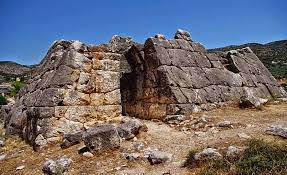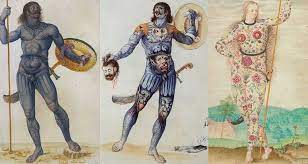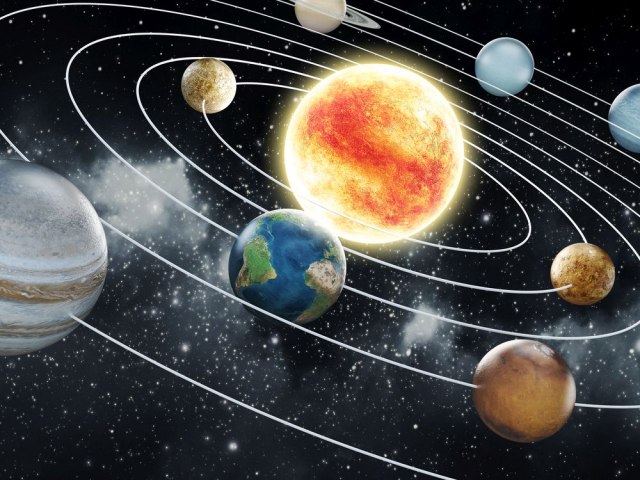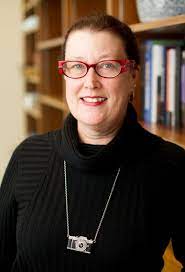
Research by Chinese scientists indicates that the rotation of the Earth’s inner core has stopped, compared to the mantle, as early as 2009. Thousands of kilometers below the surface of our planet, something strange may be happening. Prevailing scientific theories say that the Earth’s core rotates faster than the core envelope and the rest of the planet, but in the same direction, in which the Earth rotates. However, Chinese scientists claim that new data indicate that this is no longer the case.
“We were very surprised,” said Yi Yang and Xiaodong Song, seismologists at Peking University, whose research was published in the journal Nature Geoscience.
Mysteries of the Earth’s interior
The results of their research could clarify many mysteries of the Earth’s interior, including which part of the inner core is responsible for maintaining the planetary magnetic field and affects the speed of the Earth’s rotation, writes the journal “Nature”.
Scientists discovered the inner core in 1936, after studying how seismic waves from earthquakes travel through the planet. Changes in the speed of the waves revealed that the planet’s core, which is about 7,000 kilometers wide, consists of a solid core, made mostly of iron, inside a shell of liquid iron and other elements. As iron from the outer core crystallizes on the surface of the inner core, it changes the density of the outer liquid, causing turbulent motions that maintain Earth’s magnetic field.

The liquid outer core essentially separates the inner core 2,400 kilometers wide from the rest of the planet, so the inner core can spin at its own pace. In 1996, Song and other scientists began studying earthquakes observed in the same region over three decades, whose energy was detected by the same monitoring station thousands of kilometers away. Since the 1960s, scientists say, the travel time of seismic waves from those earthquakes has changed, indicating that the inner core is rotating faster than the planet’s mantle, the layer just above the outer core.
Later studies specified the extent of this “superrotation” of the inner core, concluding that it rotates faster than the mantle by about one-tenth of a degree per year.
The inner core stopped moving relative to the mantle
However, not all scientists agree with that thesis. Other papers suggest that superrotation occurs mainly in different periods, such as the early 2000s, and argue that it is not a continuous, stable phenomenon. Some scientists even argue that superrotation does not exist and that the differences in earthquake travel times are caused by physical changes on the surface of the inner core.
In June of last year, John Vidal and Wei Wang of the University of Southern California published a scientific paper that disrupted established studies in this area. Using data on seismic waves generated by US nuclear tests in 1969 and 1971, they concluded that between those years, Earth’s inner core “subrotated,” or rotated more slowly than the mantle. Only after 1971, as they claim, did it accelerate and begin to superrotate.
Influence on the length of the day and the magnetic field
Song and Yang conclude that the inner core can oscillate with periods of about 70 years – changing rotation directions every 35 years. The scientists conclude that these oscillations could explain the known 60- to 70-year variations in the length of Earth’s days and the behavior of the planet’s magnetic field.
Still, many questions remain, such as how to reconcile the slow pace of change Yang and Song report with some of the more rapid changes observed by other scientists. The only way out is to wait for more earthquakes to occur, and to study the data about them.
“The long history of continuous seismic recording is critical to tracking the motion of the planet’s heart,”
Yang and Song say.
Seismologist John Vidal, who has also dealt with this phenomenon, states that he thinks we are on the threshold of a solution.
“But I’m still not sure about that.” We will have to wait,”.
If you are interested in more topics about science and everyday life, click subscribe for more posts.

































Leave a comment